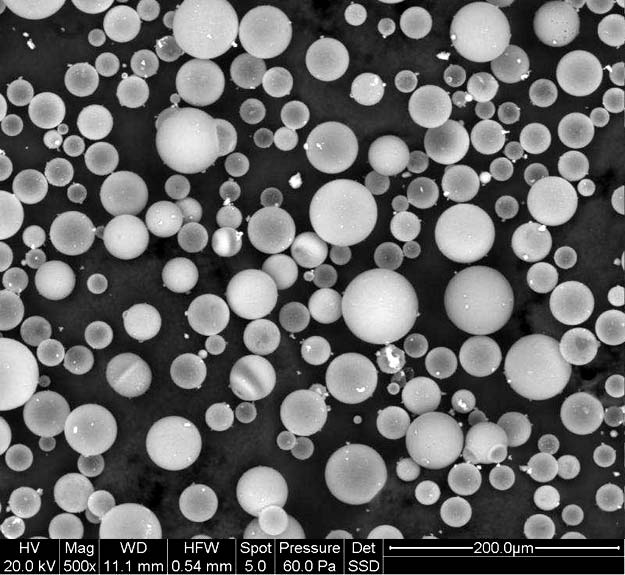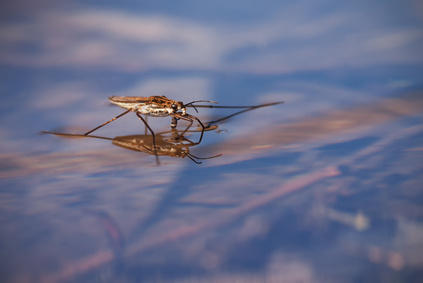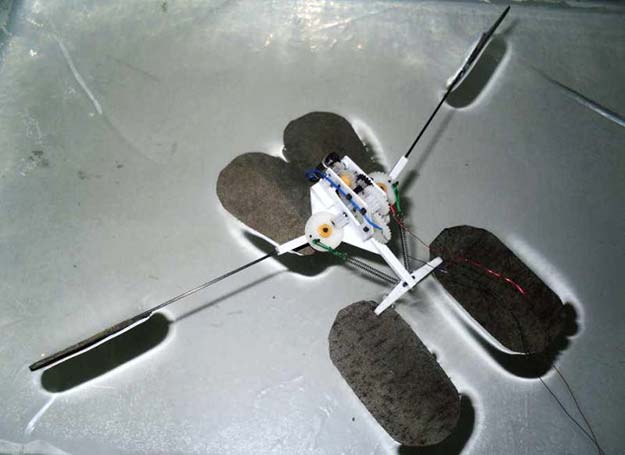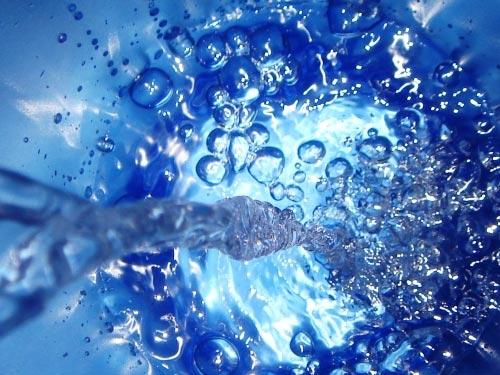 This raises the question of whether or not this recent period of fairly static temperatures represents a termination of the temperature increase that has been occurring for some time and widely considered within the scientific community as resulting from increased greenhouse gases in the atmosphere.
This raises the question of whether or not this recent period of fairly static temperatures represents a termination of the temperature increase that has been occurring for some time and widely considered within the scientific community as resulting from increased greenhouse gases in the atmosphere.
Or is it simply a pause that can be explained in other ways or alternatively the natural variation in the secular trend in temperature increases.
It appears to be the more recent years from the following time series prepared jointly by the Climate Research Unit of East Anglica University, UK and the British Met Office Hadley Centre. Read more











